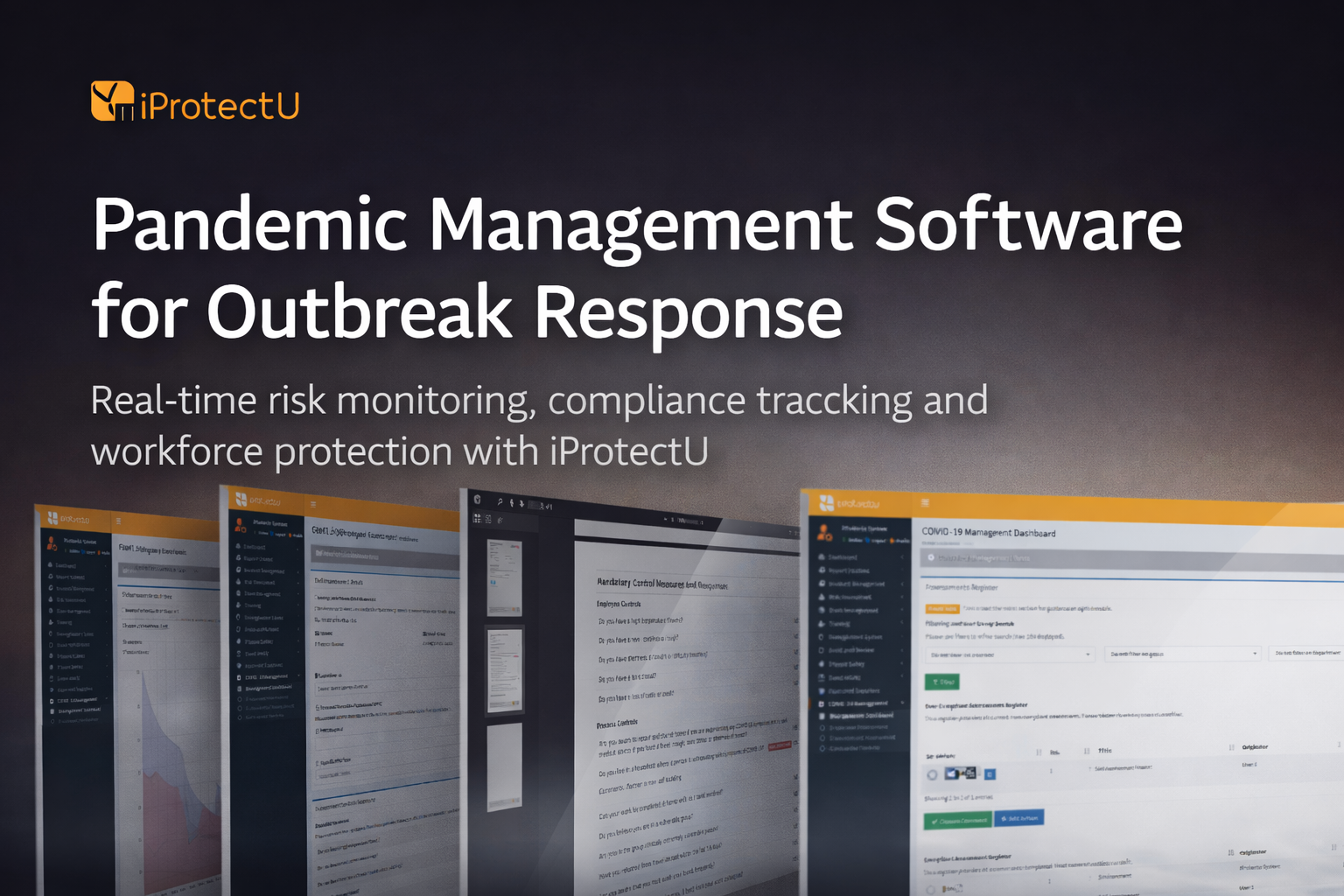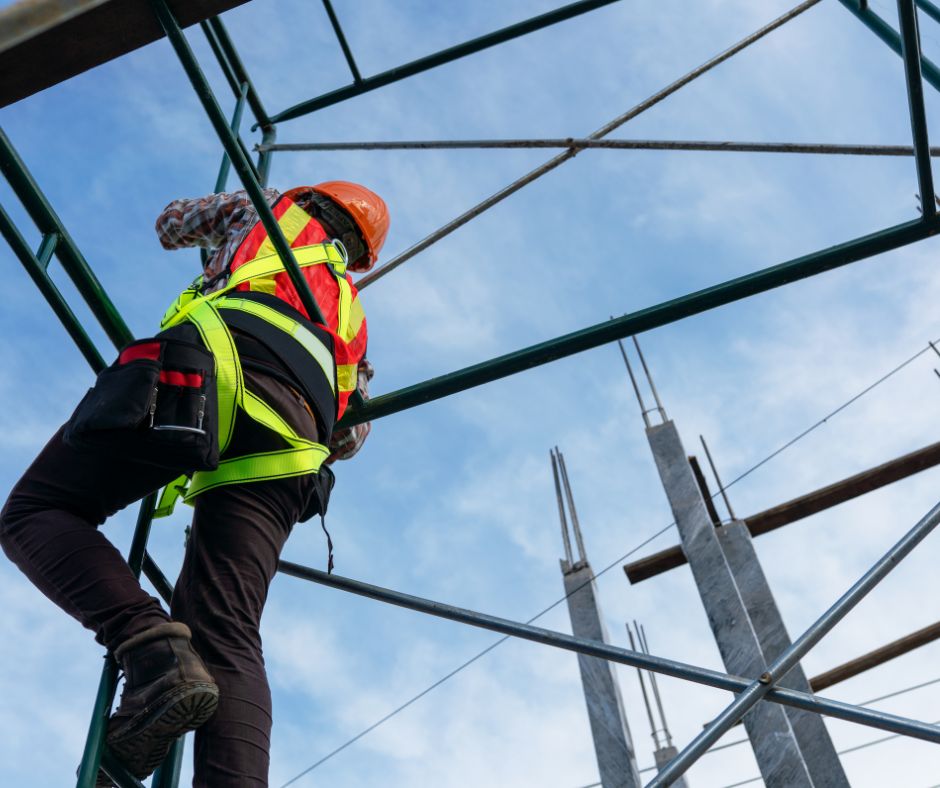
How Pandemic Management Software Helps Organisations Respond to Europe’s Escalating Flu Outbreak
Europe’s rising influenza activity underscores the importance of having the right digital tools in place.
Health and Safety Software » Health and Safety Software News » Health and Safety » Work at Height Injuries: Management Prevention Strategies

There are several management strategies that can be implemented to reduce the risk of working at height injuries. These strategies are based on the hierarchy of controls, which is a framework for prioritising risk control measures. The hierarchy of controls ranks risk control measures from most to least effective, as follows:
Elimination
The most effective way to reduce the risk of working at height injuries is to eliminate the need to work at height altogether. This can be achieved by designing tasks and equipment so that they can be safely completed from ground level. For example, instead of sending a worker up a ladder to clean a window, it may be possible to use a long-handled brush or a robotic cleaning device.
Substitution
If it is not possible to eliminate the need to work at height, the next best option is to substitute a less hazardous process or material. For example, instead of using a ladder to access a roof, it may be possible to use a mobile scaffold tower or a fixed access platform.
Engineering controls
Engineering controls are physical barriers or other engineering devices that can be used to isolate workers from the hazard. For example, guardrails can be installed to prevent falls from edges, and safety nets can be placed below work areas to catch workers if they do fall.
Administrative controls
Administrative controls are safe work practices and procedures that can be implemented to reduce the risk of working at height injuries. For example, workers may be required to undergo training on safe working at height practices, and they may be required to wear a safety harness when working at height.
Personal protective equipment (PPE)
PPE is the least effective risk control measure, but it can still be used to reduce the risk of injury if other controls are not feasible. Common types of PPE used for working at height include safety harnesses, hard hats, and fall arrest systems.
In addition to the hierarchy of controls, there are several other management strategies that can be implemented to reduce the risk of working at height injuries. These include:
By implementing a combination of management strategies, organisations can significantly reduce the risk of working at height injuries.
Examples of management strategies to reduce working at height injuries
By following the hierarchy of controls and implementing other management strategies, organisations can create a safer workplace for their workers.
The iProtectU health and safety software provides:
Arrange your demonstration
Let us show you how we can transform your health and safety, risk and compliance management
Please choose a date and time for your demo. We look forward to meeting with you.

Europe’s rising influenza activity underscores the importance of having the right digital tools in place.

iProtectU is proud to support the Final Straw Foundation’s Native Oyster Restoration Project, helping restore

When a national voice like IBEC publishes your perspective, it matters.
This week, iProtectU

Modern HSE software has evolved into a strategic necessity, empowering organisations to manage risk proactively,

Managing personal protective equipment (PPE) doesn’t have to be a paperwork struggle. With iProtectU, safety

From work experience to an Amazon internship. Read how iProtectU helped empower a young talent